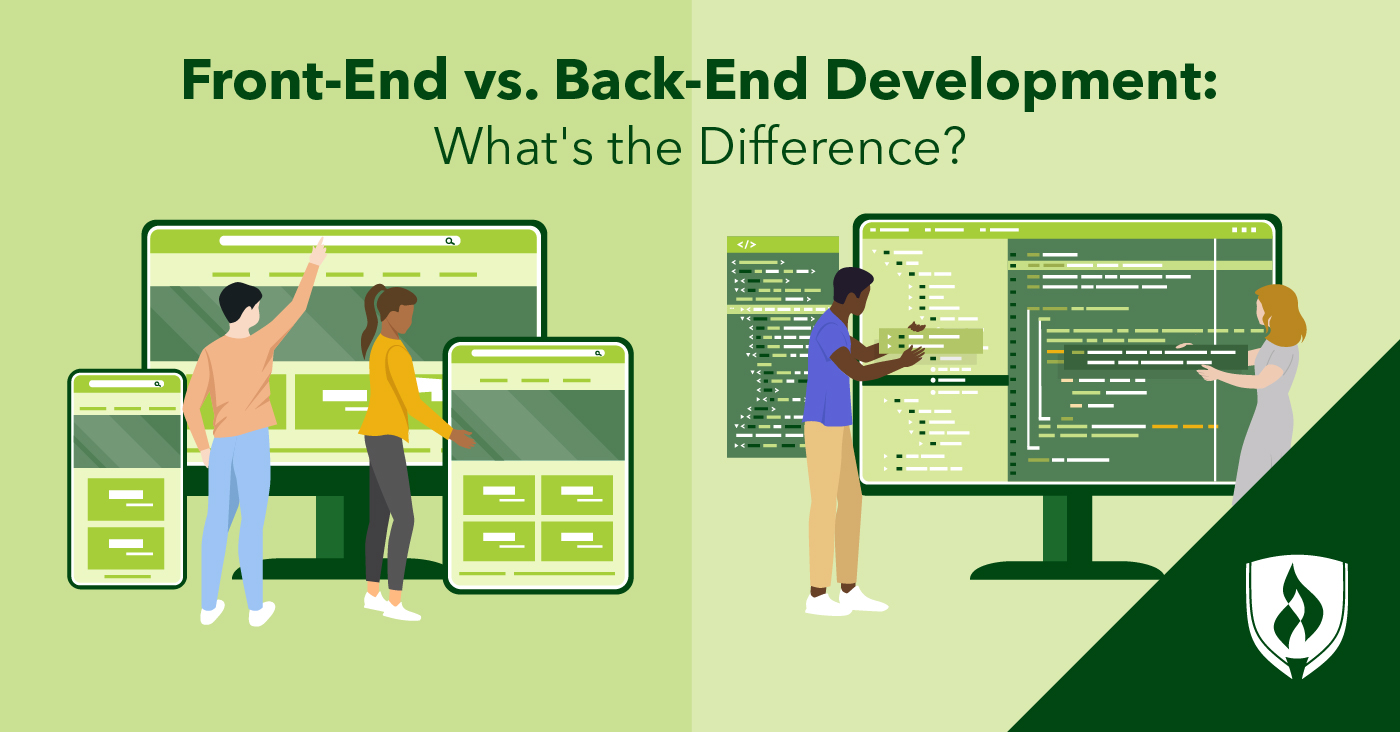
Back-end development
is the process of building and maintaining the server-side components of a web
application or software system. These components are responsible for processing
requests from the front-end, handling business logic, interacting with databases,
and managing data. Here are the key aspects and technologies involved in
back-end development:
- Server-Side Programming Languages:
- Back-end developers use
programming languages like Python, Ruby, Java, PHP, Node.js (JavaScript),
and C# to build server-side logic.
- The choice of language often
depends on the project's requirements and the developer's familiarity
with a particular language.
- Server Environment:
- The back-end code runs on a web
server, such as Apache, Nginx, or Microsoft Internet Information Services
(IIS).
- The server environment is
responsible for handling HTTP requests and responses.
- Web Frameworks:
- Developers use web frameworks to
simplify the development of back-end applications. Popular frameworks
include Django (Python), Ruby on Rails (Ruby), Spring (Java), Express.js
(Node.js), and Laravel (PHP).
- Frameworks provide tools and
abstractions for routing, request handling, authentication, and database
interaction.
- Databases:
- Back-end developers work with
databases to store and manage application data. Common databases include
MySQL, PostgreSQL, MongoDB, Microsoft SQL Server, and SQLite.
- SQL (Structured Query Language)
is used to create, retrieve, update, and delete data in relational
databases.
- APIs (Application Programming Interfaces):
- APIs enable communication
between the front-end and back-end components. RESTful APIs and GraphQL
are common approaches to building interfaces for client-server
interactions.
- Data Modeling:
- Design the database schema and
define data models to represent the structure of data in the application.
- Establish relationships between
different data entities and ensure data integrity.
- Authentication and Authorization:
- Implement user authentication to
verify the identity of users. Common authentication methods include
username and password, OAuth, and JSON Web Tokens (JWT).
- Set up authorization mechanisms
to control user access to various parts of the application.
- API Security:
- Ensure the security of APIs by
validating and sanitizing input, protecting against common web
vulnerabilities (e.g., SQL injection, cross-site scripting), and using
encryption (HTTPS).
- Server-Side Rendering (SSR):
- SSR is a technique that
generates HTML on the server and sends it to the client, improving
performance and search engine optimization (SEO).
- Caching:
- Implement caching strategies to
reduce server load and improve response times. Common cache types include
in-memory caching and content delivery network (CDN) caching.
- Scalability:
- Design the back-end to scale
horizontally by adding more servers or resources as traffic and data
volume grow.
- Use load balancing to distribute
incoming requests across multiple servers.
- Logging and Monitoring:
- Set up logging and monitoring
systems to track application performance, identify issues, and
troubleshoot errors.
- Popular tools include ELK Stack
(Elasticsearch, Logstash, Kibana) and application performance monitoring
(APM) solutions.
- Testing and Quality Assurance:
- Conduct unit testing,
integration testing, and end-to-end testing to ensure that back-end
functionality works as expected.
- Automated testing frameworks and
tools are commonly used.
- Deployment and DevOps:
- Deploy the back-end code to
production servers or cloud platforms like AWS, Azure, or Google Cloud.
- Implement continuous integration
and continuous deployment (CI/CD) pipelines for automated deployment.
- Documentation and API Documentation:
- Create clear and comprehensive
documentation for developers and API consumers.
- API documentation should
describe endpoints, data formats, and usage.
Back-end development plays a crucial
role in ensuring the functionality, security, and performance of web
applications and software systems. It involves designing, building, and
maintaining the server-side components that make the entire application work
seamlessly. Collaboration between front-end and back-end developers is
essential for creating successful web applications.